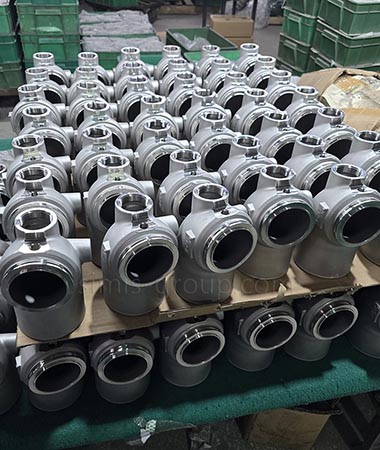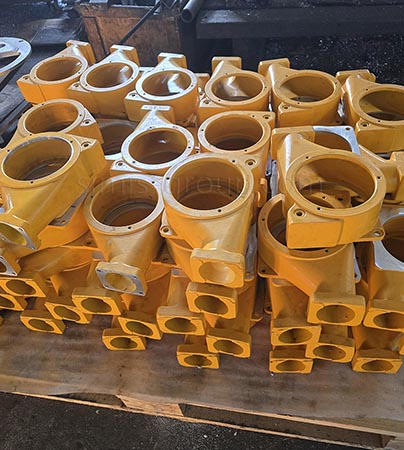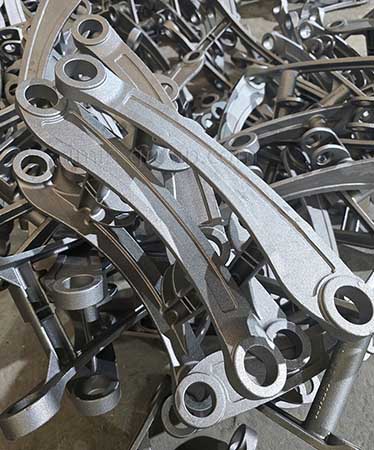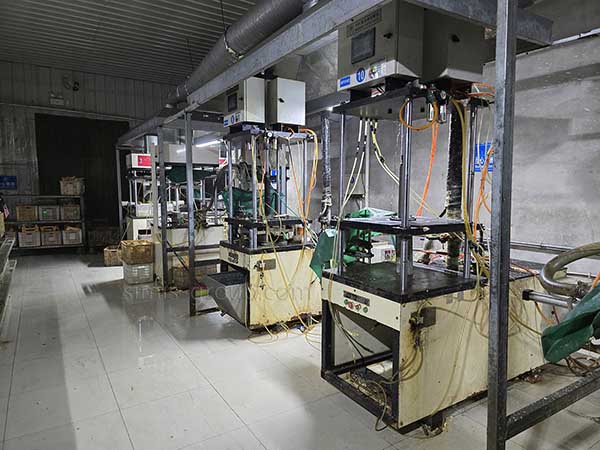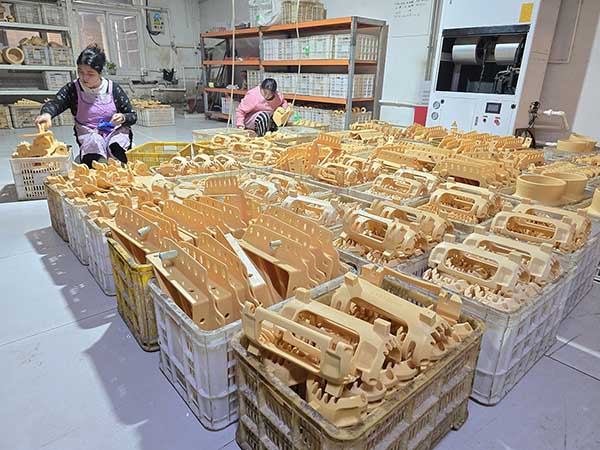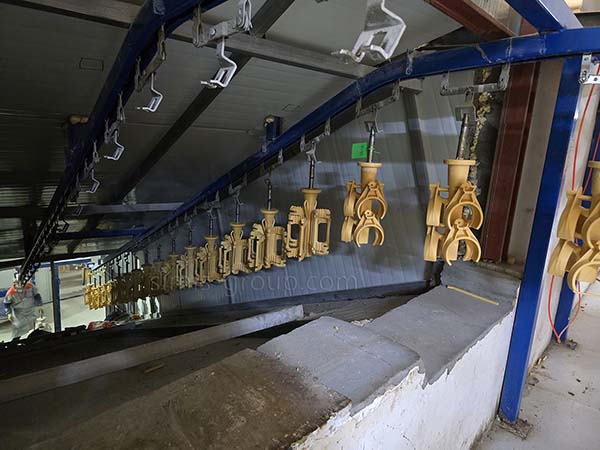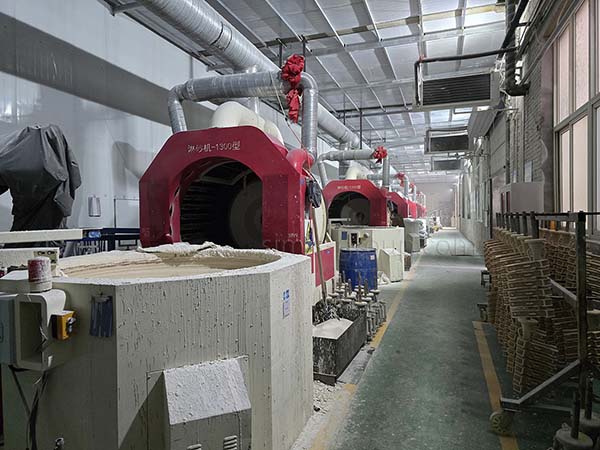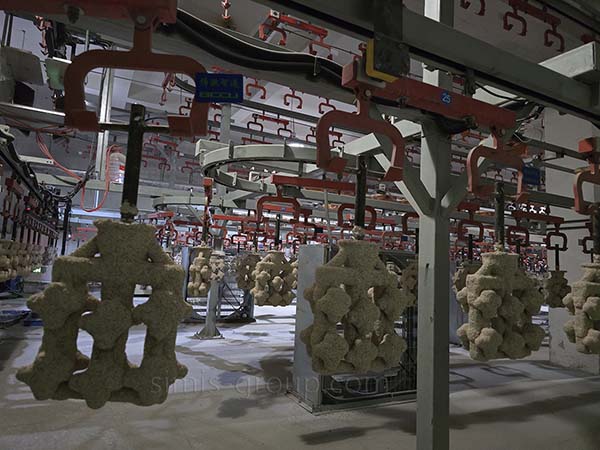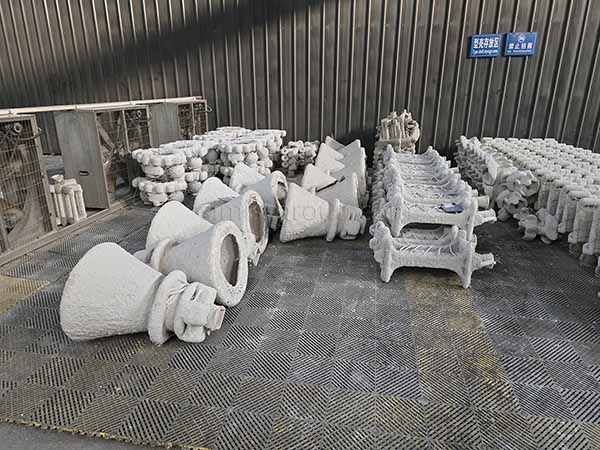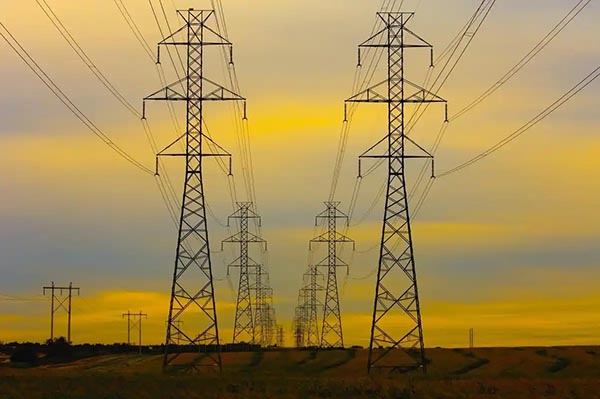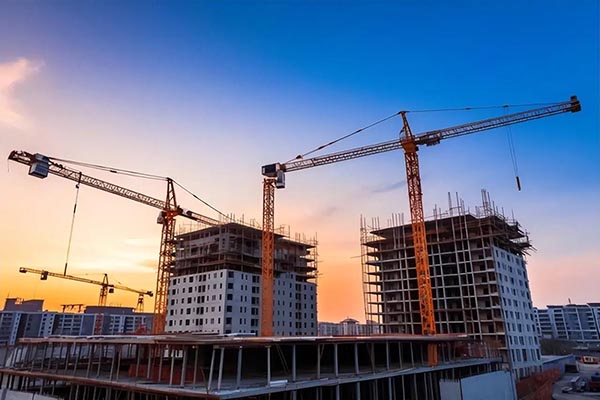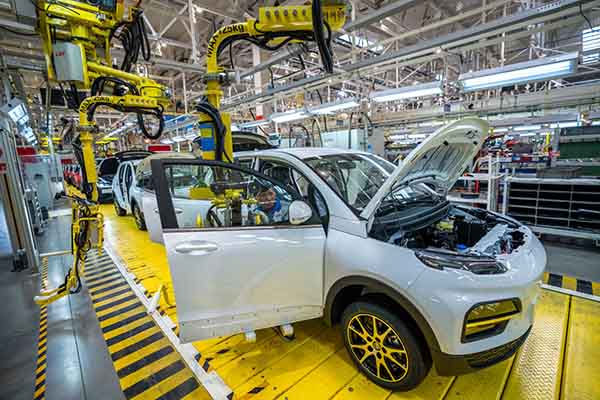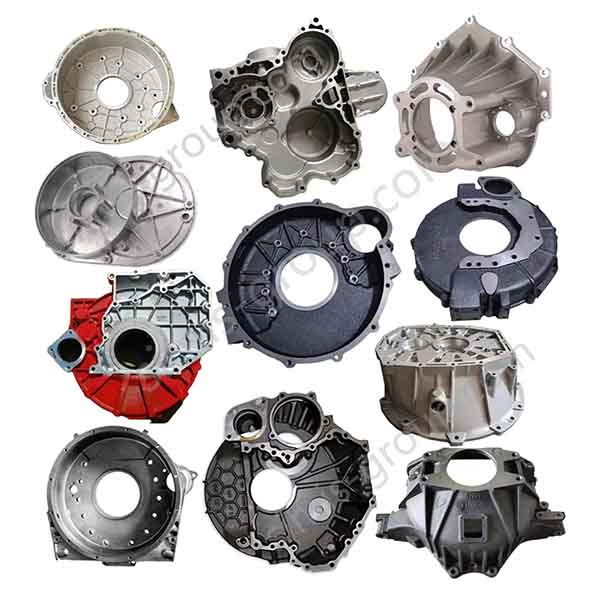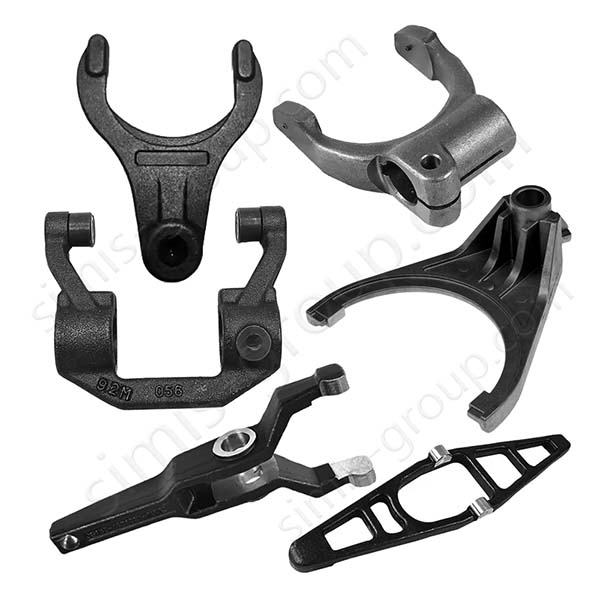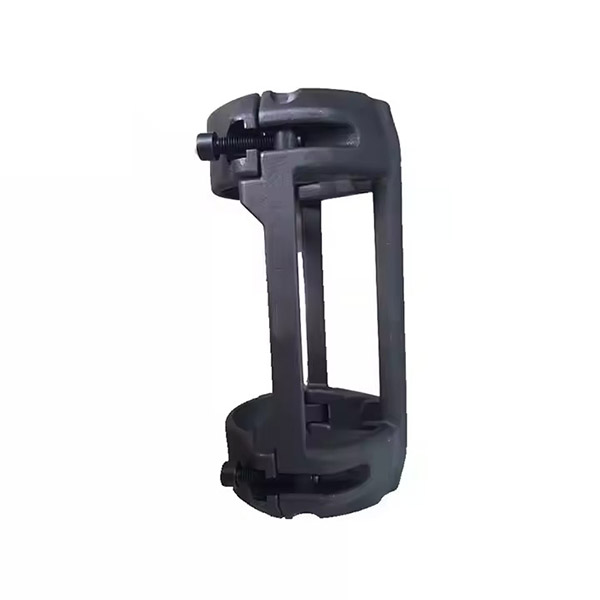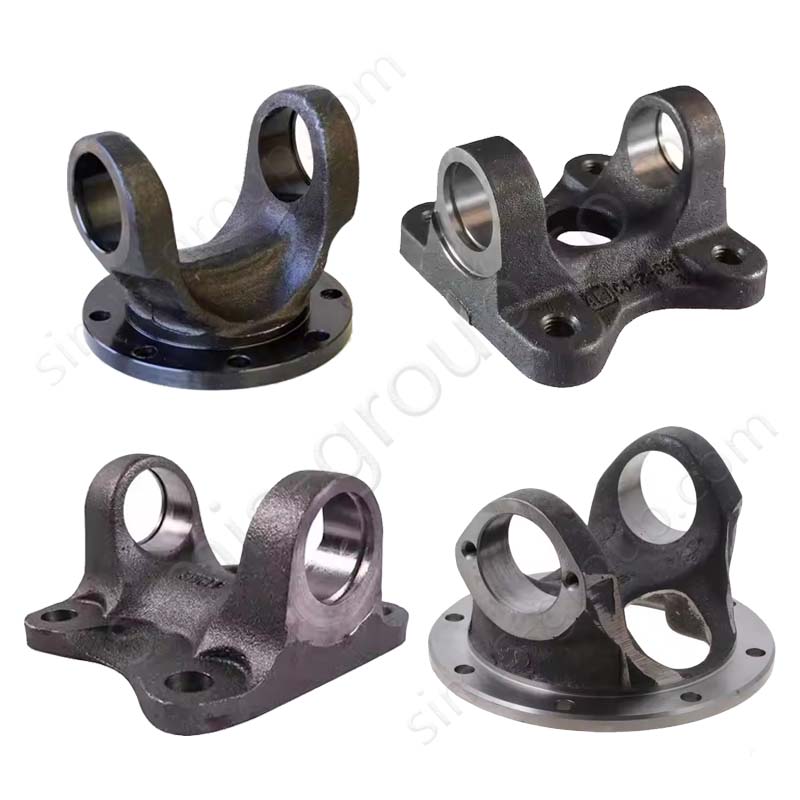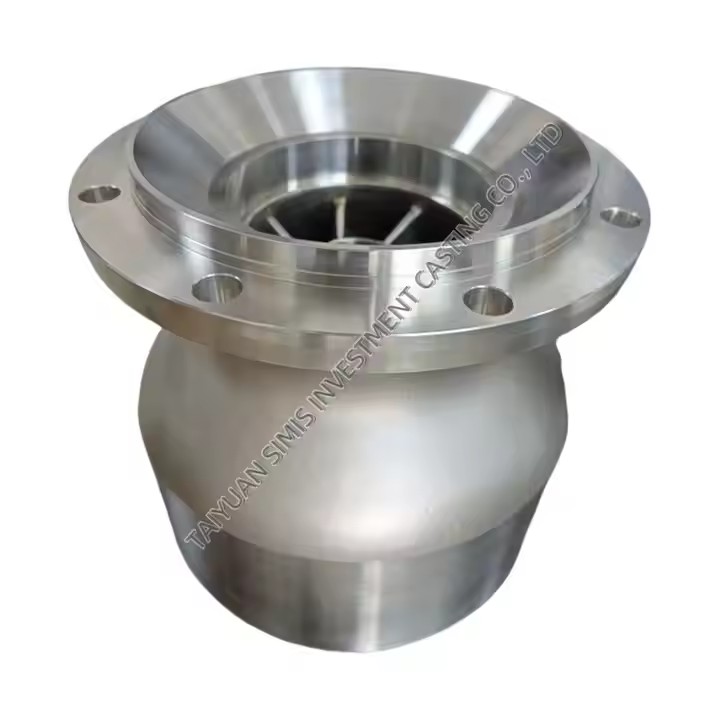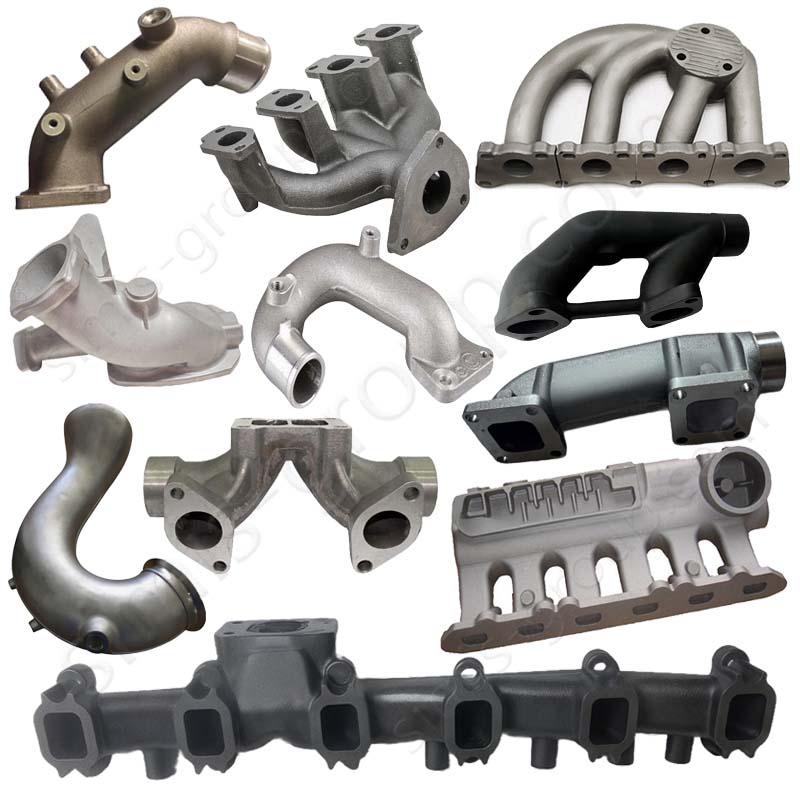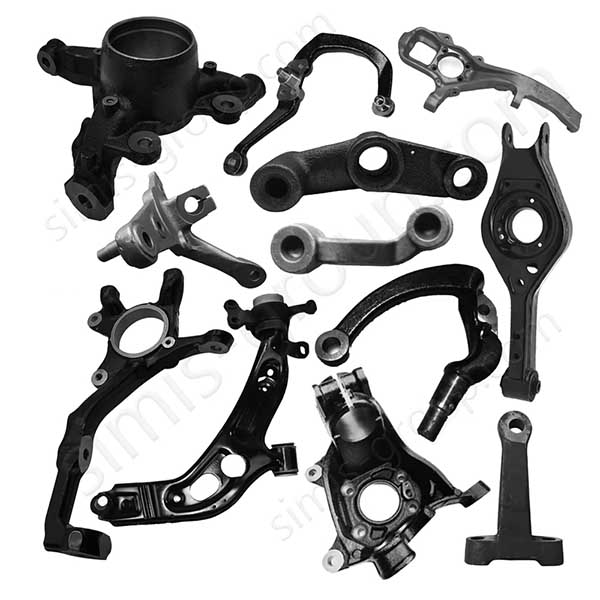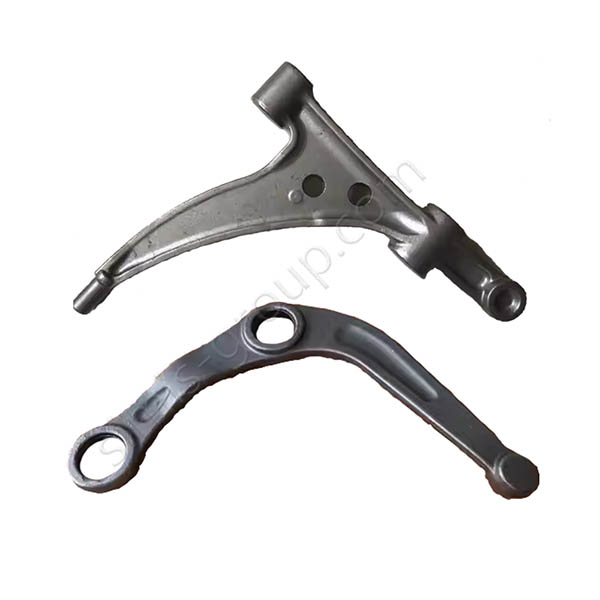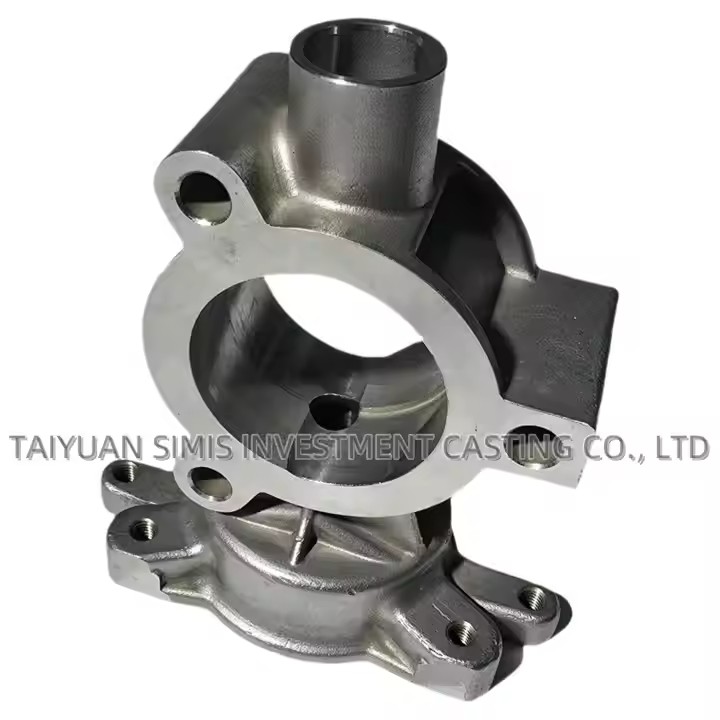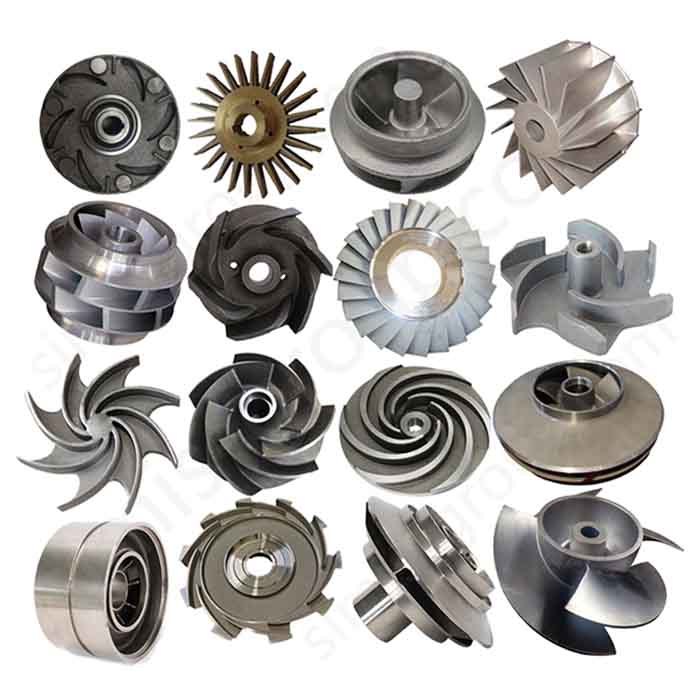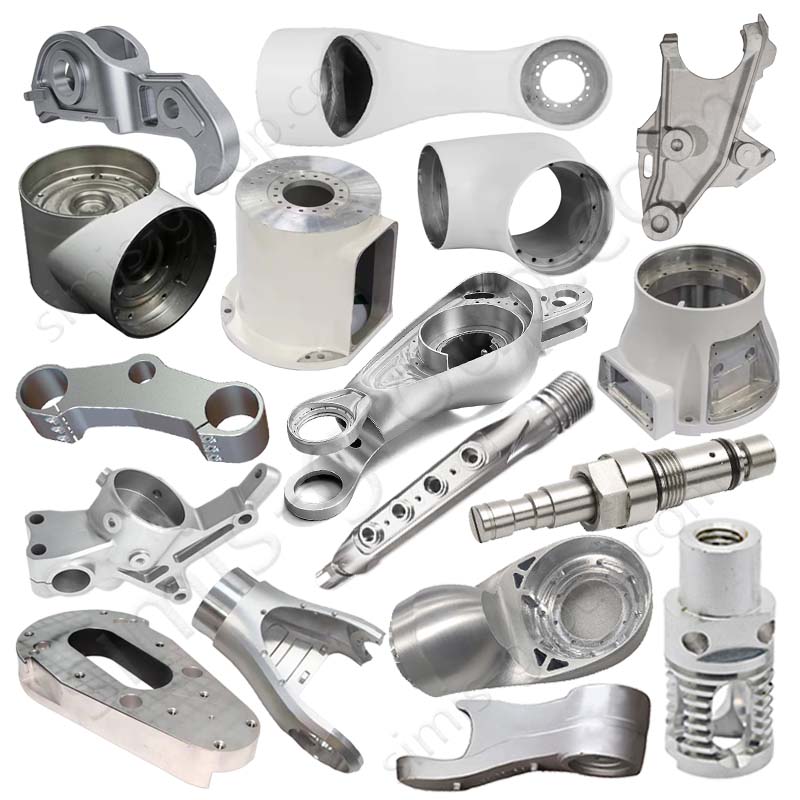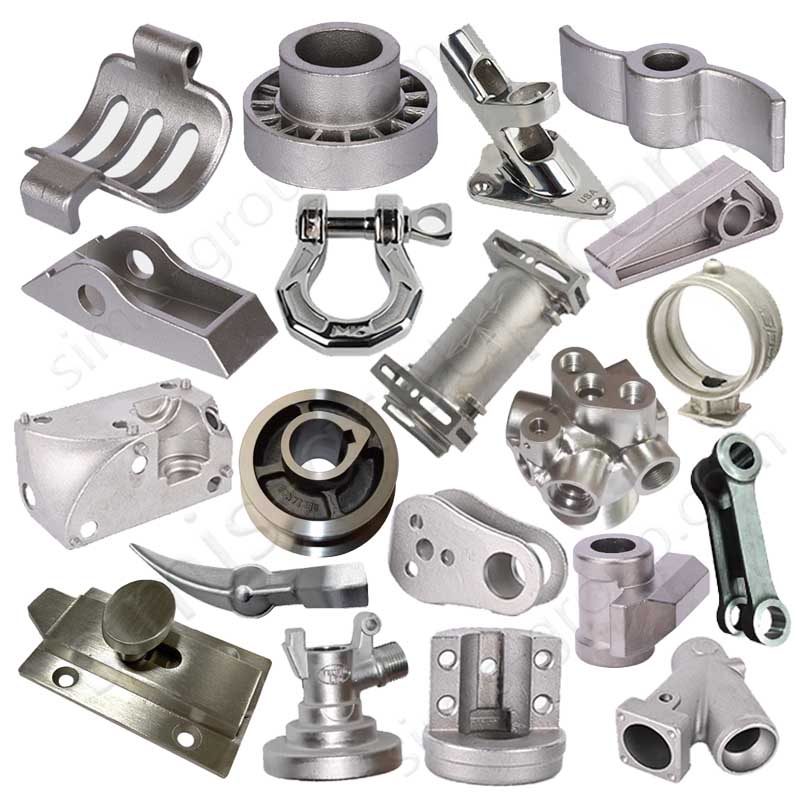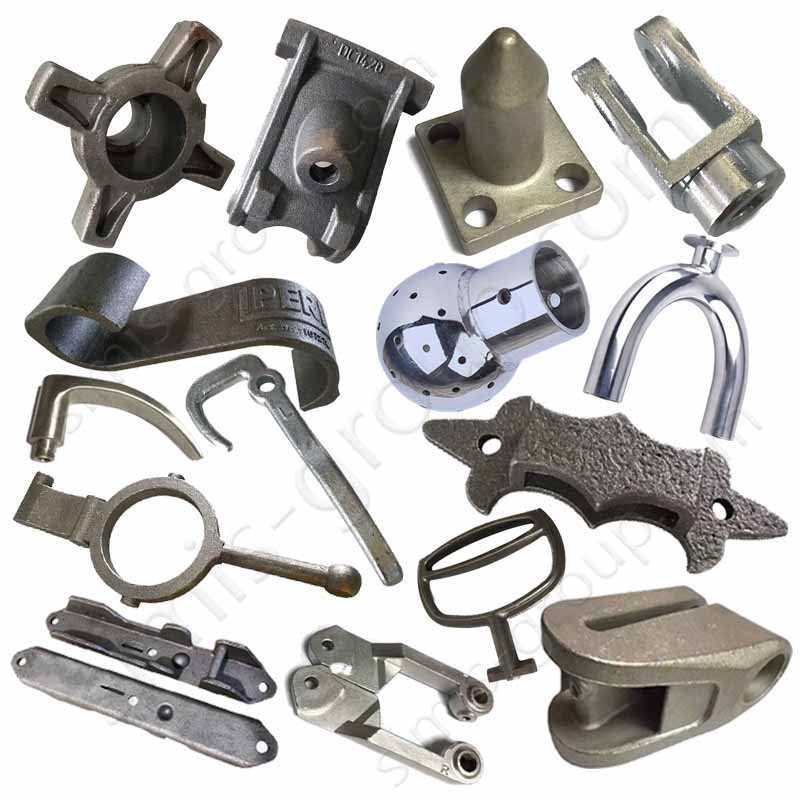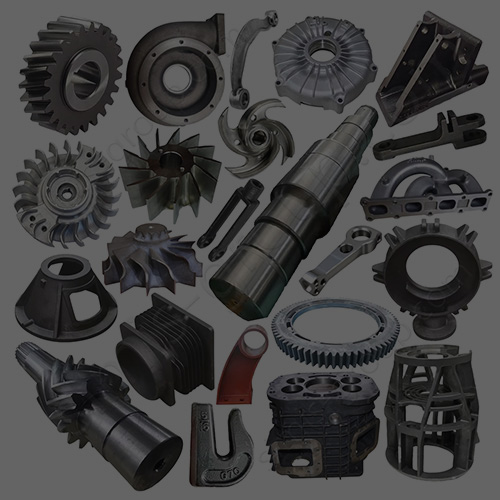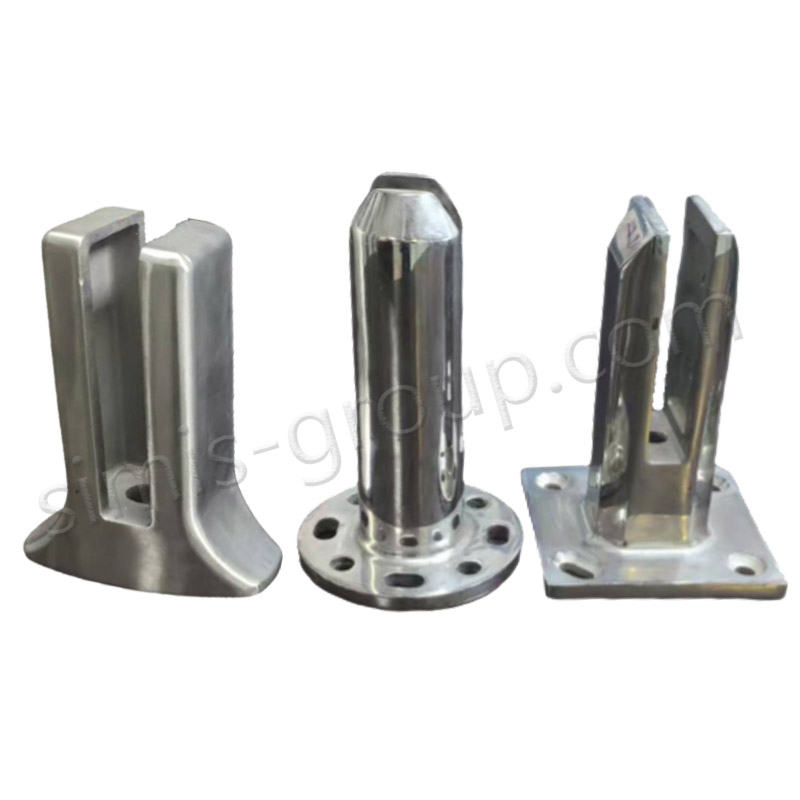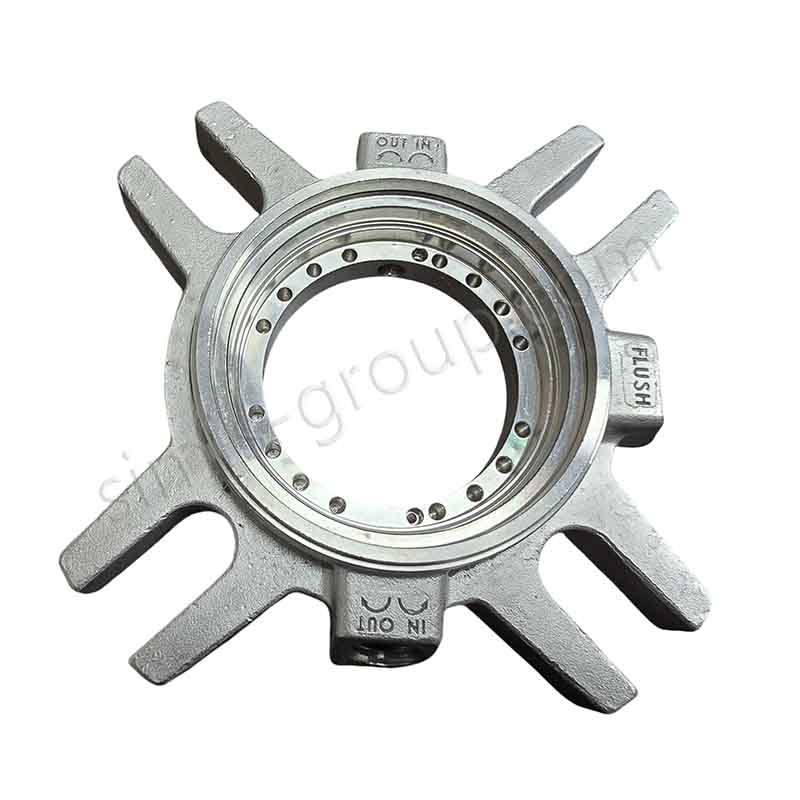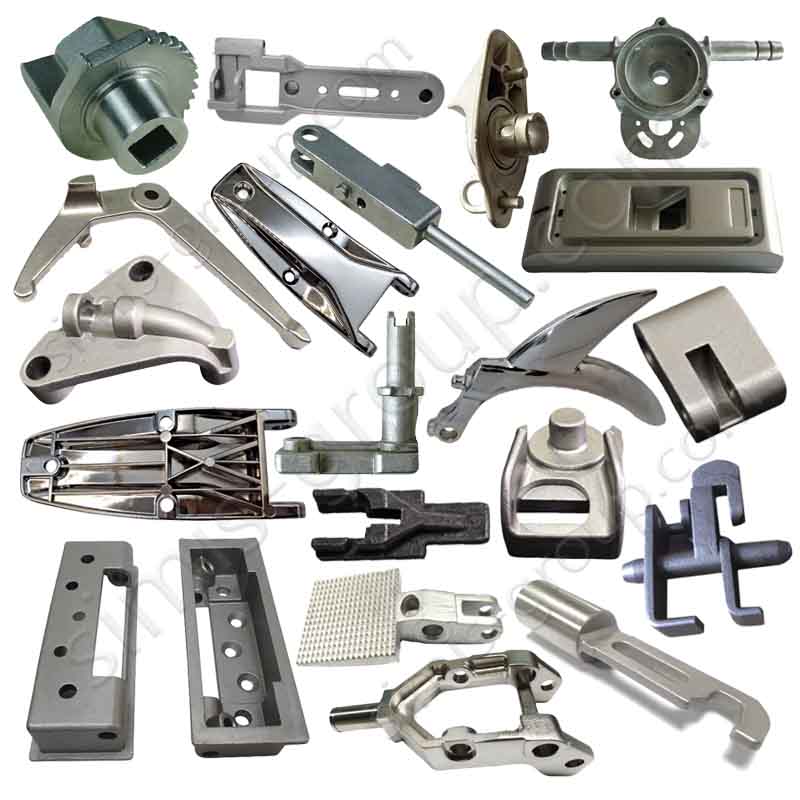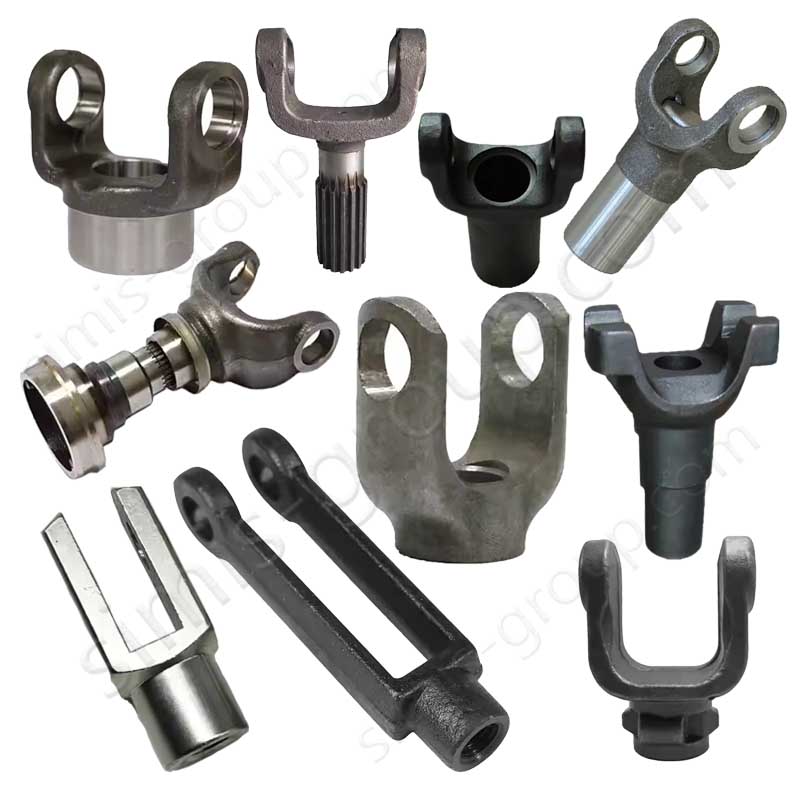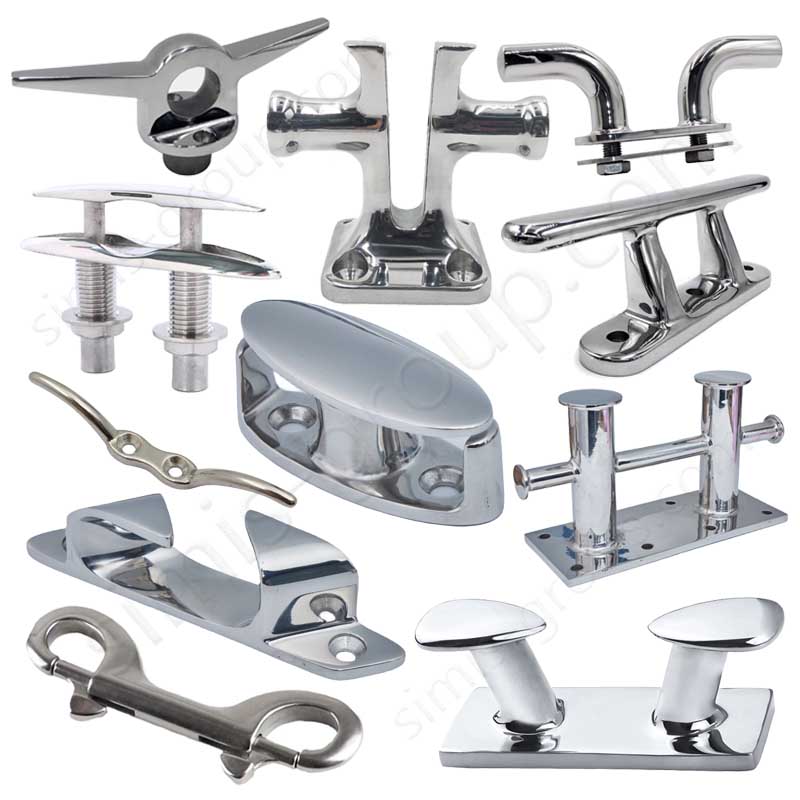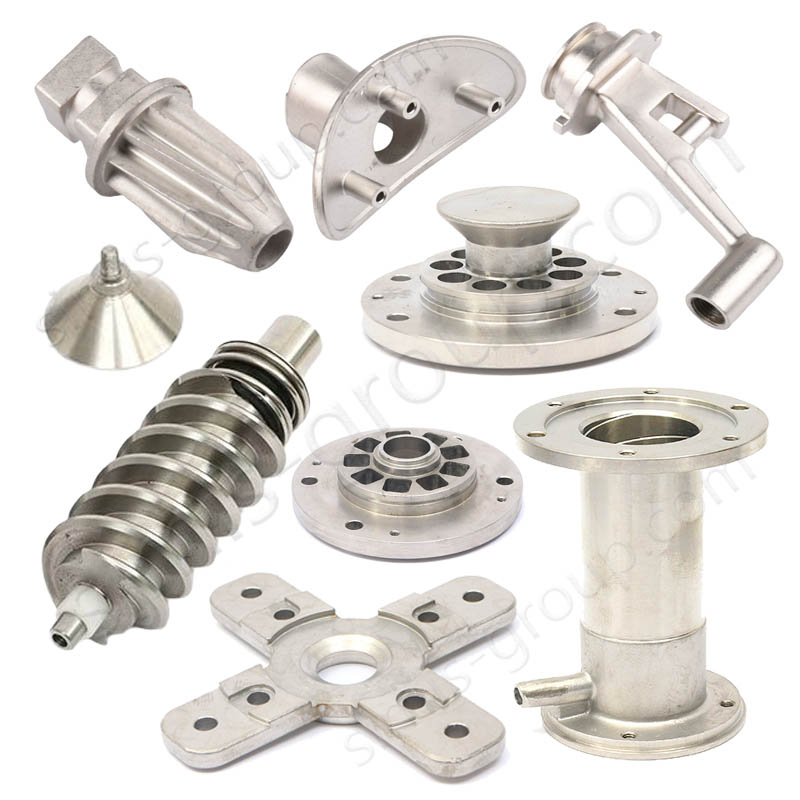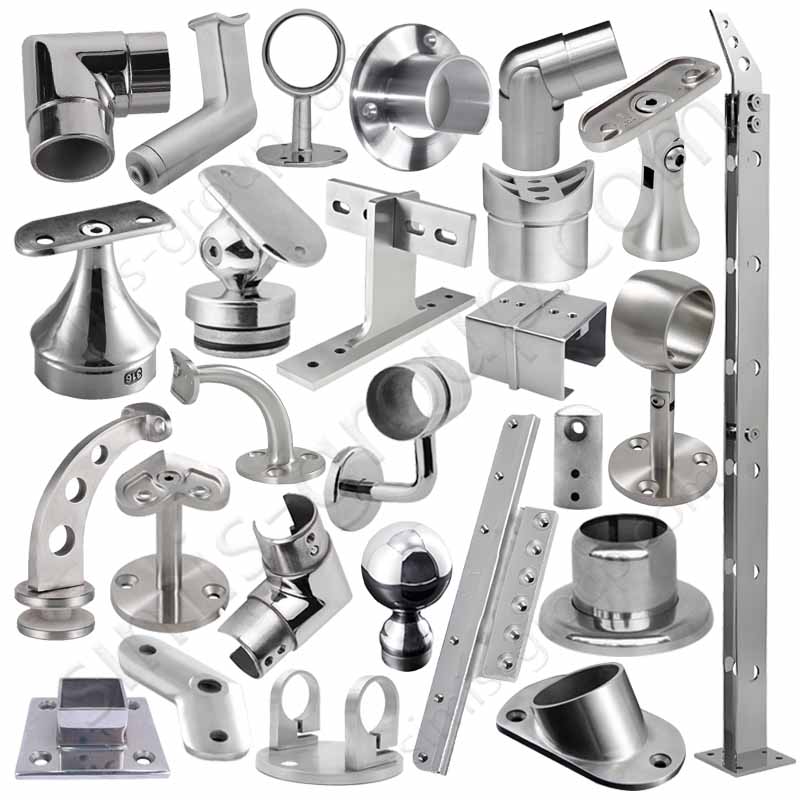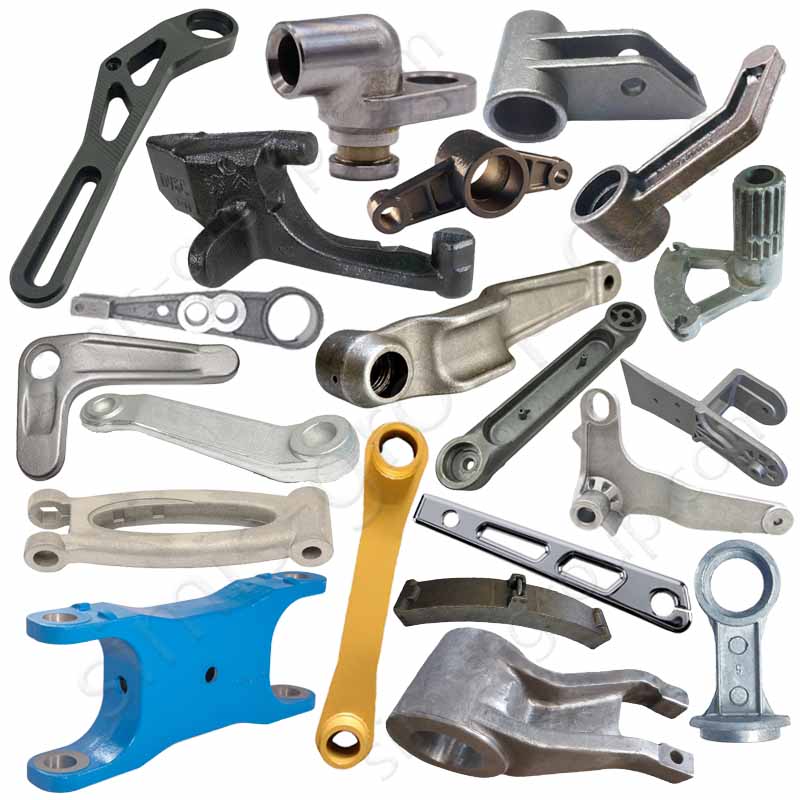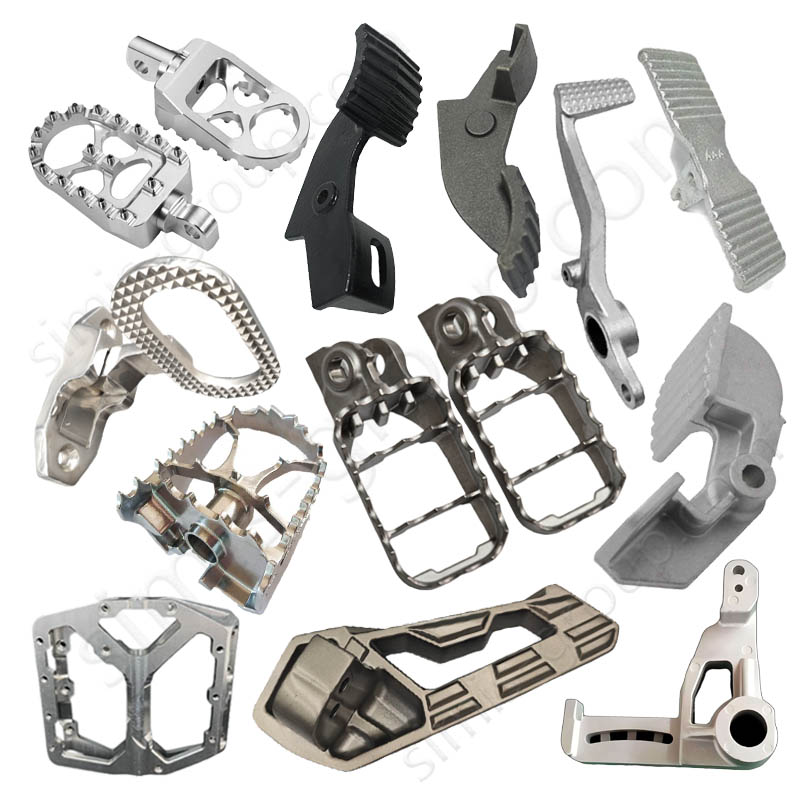Simis Investment Casting Foundry
Investment Casting Factory Introduction
SIMIS Precision Investment Casting Foundry specializing in the production of high-precision metal components using the investment casting (lost-wax casting) process. SIMIS adopts advanced silica sol process and composite shell process (silica + water glass), choosing the optimal technology based on product requirements.
Melting: Multiple Medium-frequency induction furnaces (50 kg, 150 kg, 500 kg) ensure flexible metal handling.
High-Performance Alloys: We utilize Vacuum melting and pouring systems specifically for casting high-performance and specialty alloys.
Shell Automation: A Fully automatic shell making line manages slurry dipping, sand coating, and drying control for superior shell integrity.
Wax Pattern Precision: Automatic wax injection machines and cooling conveyors ensure excellent dimensional consistency of the initial wax patterns.
Casting Weight: 0.01 kg – 50 kg
Maximum Dimensions: up to 600 mm × 400 mm × 300 mm
Surface Roughness: Ra 1.6 – 3.2 μm (depending on alloy and process)
Dimensional Accuracy: CT4 – CT6
Investment Casting Process
Investment Casting Process Overview
Investment casting (also known as lost-wax casting) is a high-precision process renowned for its casting accuracy and surface quality. It is uniquely suited for producing parts with complex shapes, precise dimensions, thin walls, and high strength requirements.
Through a controlled sequence of steps—from precise wax pattern creation to metal pouring and finishing—investment casting consistently produces components that meet the demanding specifications of the industrial machinery, automotive, and energy sectors.
1. Wax Pattern Making
Low melting point materials (like paraffin wax or plastic) are injected into a metal die and cooled. This forms a single, precise wax pattern replica of the final part.
2. Wax Assembly (Tree Building)
Multiple individual wax patterns are attached to a wax runner system, creating a tree-like structure called a "wax tree." This assembly allows for multiple parts to be cast simultaneously.
3. Shell Making (Coating)
The wax tree is repeatedly immersed in a refractory ceramic slurry. A layer of fine ceramic powder is coated onto the surface (typically 5 to 7 times). This process forms a robust refractory shell capable of withstanding the extreme heat and pressure of molten metal.
4. Dewaxing
The completed ceramic shell is placed into a high-temperature steam kettle or oven (100–200°C). The internal wax melts and drains out, creating an empty cavity inside the shell. This step is why the process is often called "lost-wax."
5. Shell Firing
The dewaxed ceramic shell is placed into a high-temperature furnace (800–1000°C). This firing process sinterizes the shell, increasing its mechanical strength, improving its refractory properties, and fully removing any residual wax or moisture.
6. Metal Pouring
The metal is melted to its required temperature (e.g., stainless steel at about 1600°C). The molten metal is then poured into the preheated ceramic mold, quickly filling the cavity to form the casting.
7. Cooling and Solidification
The filled mold assembly is allowed to cool gradually, enabling the molten metal to solidify fully within the ceramic shell. This controlled cooling process is crucial for minimizing internal stresses and ensuring the final component achieves the desired microstructure and material properties.
8. Knockout & Cleaning
Once the metal has solidified, the ceramic mold is mechanically removed (knockout). Residual ceramic material is removed using vibration, impact, or chemical dissolution to fully expose the casting.
9. Post-Processing
Final treatments are applied to optimize the part:
Heat Treatment: Depending on the material and required performance, the casting undergoes necessary heat treatments (such as annealing, quenching, tempering, or solution treatment). This is done to improve the mechanical properties and corrosion resistance of the final part.
Machining: Precision machining (like turning, milling, drilling, or tapping) is performed as required. This achieves the tightest dimensional tolerances needed for final assembly.
Surface Treatment: A final surface finish (such as electroplating, oxidation, or painting) is applied if needed. This enhances the part's aesthetic appeal and provides additional corrosion resistance.
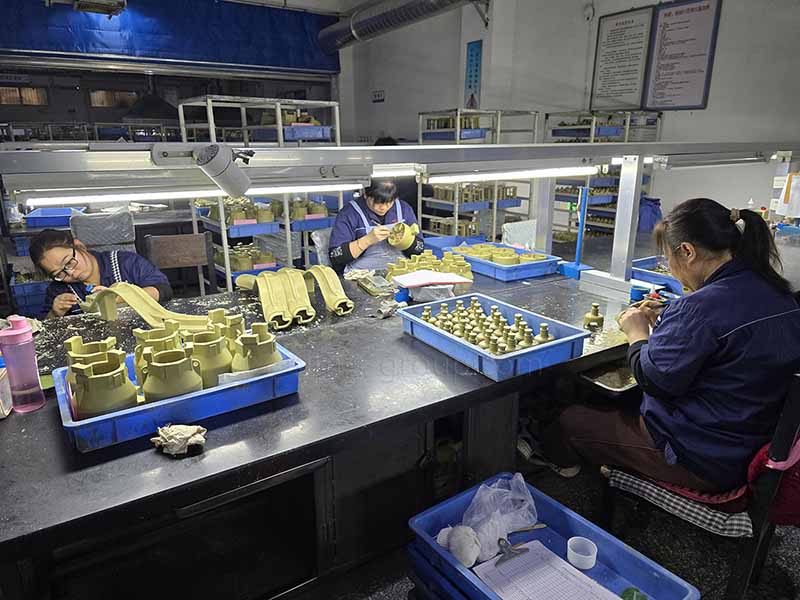



Materials For Investment Casting
What metal parts can be cast in Simis Investment Casting Factory?
SIMIS Investment Casting specializes in the custom production of precision metal parts that require exceptional dimensional accuracy and superior surface finish. We utilize various alloys to customize components for diverse industries, including automotive, energy, aerospace, and industrial machinery.
Common parts include driveshaft brackets, steering knuckles, suspension components, blades, nozzles, and various complex precision components.
Carbon Steel Investment Casting
This material is suitable for structural parts with complex shapes and high accuracy, such as mechanical linkages, locking components, and brackets.
(Typical grades: ASTM A216 WCB, AISI 1045).
Alloy Steel Investment Casting
Often used for high-load bearing or wear-resistant parts like gear blanks, track links, and toolholders.
(Typical grades: AISI 4140, 4340, 8620).
Stainless Steel Investment Casting
Commonly used in applications like pump bodies, valves, food machinery parts, and seawater fittings, where corrosion resistance is vital.
(Typical grades: ASTM A351 CF8M (316), CF3M (316L)).
Heat-Resistant Steel Investment Casting
Suitable for demanding conditions such as high-temperature flue gas, combustion chambers, and furnace accessories.
(Typical grades: ASTM A297 HK, HT, HP).
Aluminum Alloy Investment Casting
Used for lightweight, complex-shaped parts such as robotic arms, fan impellers, and automotive brackets.
(Typical grades: ASTM A356.0, 319.0).
Copper Alloy Investment Casting
Commonly used for wear-resistant sliders, pump impellers, and electrical conductors.
(Typical grades: ASTM B584 C93200, C95400).
